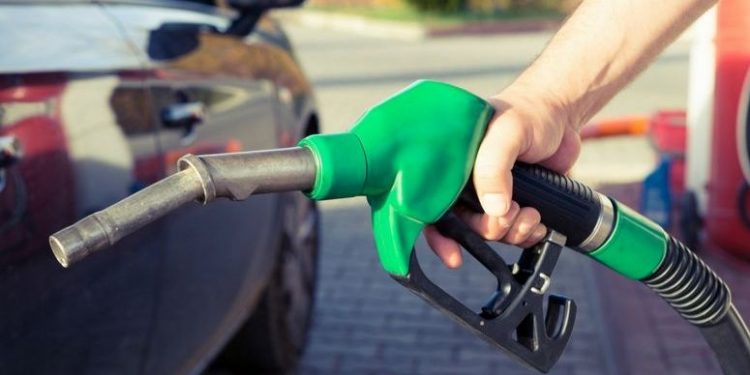Oil marketing companies (OMCs) seem to be in a tearing hurry to raise the pump prices of fuel. They have raised the fuel prices for 12 consecutive days. The total increase has added up to Rs 6.55 for petrol and Rs 7.04 for diesel. The fuel retail prices are now at more than a year’s high. The OMCs are keen to make up for their lost revenues at the quickest possible time. Oil firms resumed daily revision of fuel prices June 7 after an 82-day long break triggered by the coronavirus-induced lockdown. The freeze in rates was imposed in mid-March soon after the government hiked excise duty on petrol and diesel to shore up additional revenues. Although the OMCs didn’t immediately pass on the tax burden to customers, they are doing it now with a vengeance. Worse, the price escalation is happening at a time when the international price of crude has softened up to a multi-year low. In April this year, crude prices veered round to a negative territory and the prices have since remained more or less subdued. The international crude prices have slumped below $40 a barrel. The current prices of petrol and diesel were last seen in late 2018 when crude rates ruled a record high. The present spike in rates could be explained in terms of the Rs 10 per litre hike in excise duty on petrol and Rs 13 per litre hike on diesel last month.
Oil price decontrol follows a strange logic. It operates in an anti-people way. When international crude prices go up, the hike is passed on to consumers. But when global crude prices come down, it is the government that skins the margin. The consumer is at a loss at both the times. Heads I win tails you lose. With the global crude prices beginning to regain their lost ground and the Unlock-1 having been given effect to, oil retailers are pressing ahead to pass on the tax impact to customers. However, the steep rise in fuel prices is adding to the mounting miseries of the common man, who are going through an unprecedented economic crisis caused by the coronavirus outbreak. People have lost their jobs. Incomes across the board have drastically fallen. People in urban areas are going through desperate times. The fact that the government has given a free hand to OMCs at such testing times to keep pushing up fuel rates is utter insensitiveness on the part of the government.
The OMCs chose to hold on to rates even after a rise in tax incidences as there was nil economic activity then. Fuel consumption had fallen by over three quarters during the national lockdown. However, once the lockdown was eased and people began emerging from their homes after weeks of home confinement, the OMCs passed on the tax load to customers. It is important to note that consumers had benefitted zilch when crude prices had bottomed out. Twelve straight hikes have pushed up the fuel rates near record levels (September 2018). If this is the way to go, then our worst fear of fuel prices entering the three-digit zone may not be too far. With OMCs hell-bent on covering their lost revenues they had lost during the lockdown and a cash-strapped government unlikely to provide relief to consumers, oil companies will likely continue to push fuel prices. Rs 100 per litre of fuel sounded far-fetched, but going by the current trends and the ostrich-like attitude of the government, petrol and diesel prices may hit a century, before long.







































